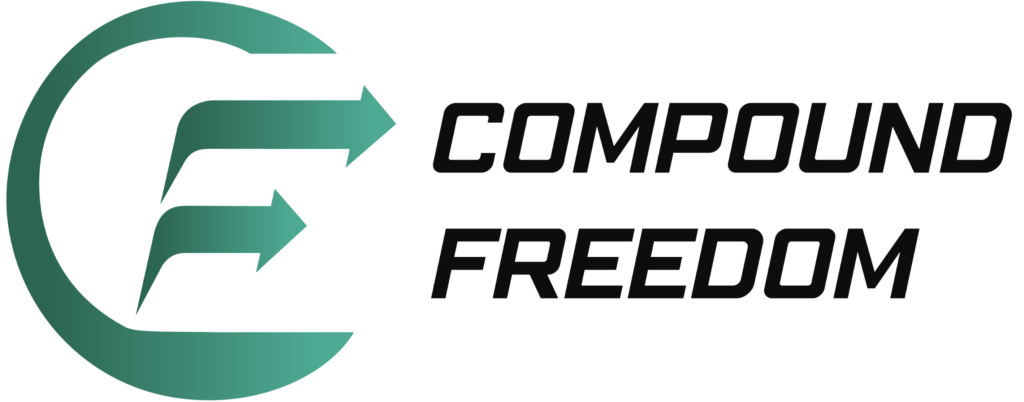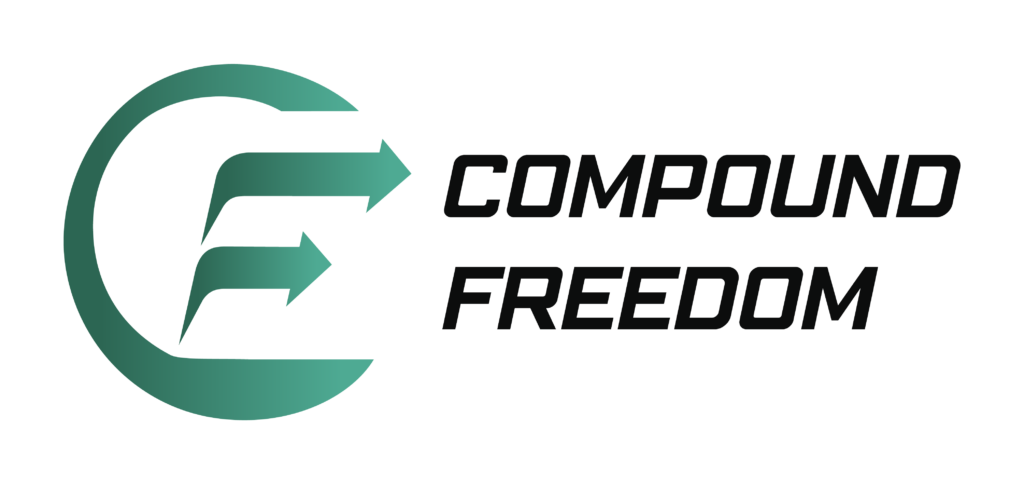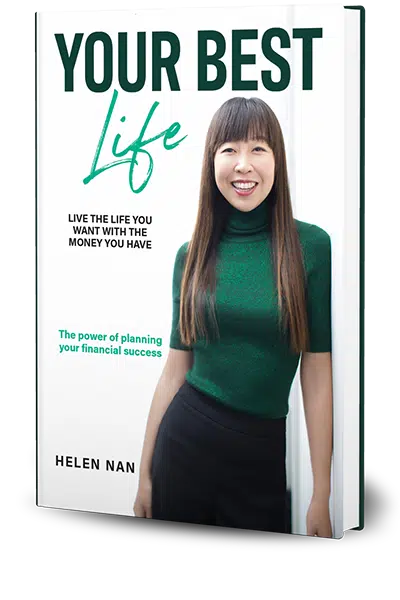How to Break Through and Go from $0 to $1M
Many people perceive finance as a complex and challenging subject. Personally, I didn’t inherit good money management skills from my parents, who struggled with the earning and spending treadmill without a financial plan. Recognising that many individuals grow up without a ‘how-to money’ manual, I feel a responsibility to educate and empower others with the knowledge and skills I’ve acquired.
Today, I’d like to discuss how to break through and go from $0 to $1M. By contributing $500 to your investment portfolio per month with an 8% compound interest, you can accumulate approximately $92,000 in 10 years, $296,000 in 20 years, $750,000 in 30 years, $1.7M in 40 years, and $4M in 50 years – showcasing the power of compound interest. If you’re unsure where to start, pay attention to the top three tips we share here today.
Firstly, discover how to forecast your financial future by understanding your future numbers. Traditional goal setting might not resonate with everyone. If your goal is early retirement or financial freedom, knowing the exact amount you need for your freedom and how much you can accumulate by setting aside dollars today is crucial. You can find more information in my e-book – ‘The Guide to Financial Freedom’. Fortunately, sophisticated calculators are available to illustrate how compounding interest can grow your wealth over the long term.
Secondly, the compounding effect applies to starting your savings and investments. Start small. I’ve observed many individuals diving into intense exercise routines to lose weight or get fit, only to quit when they experience soreness and aches after a few days. Your saving plan is similar, and I refer to it as the power of 20%. If you haven’t saved much recently and want to start saving and investing, begin by saving 20% of your surplus and gradually increase it over time. This approach builds confidence gradually, ensuring you don’t feel like you’re sacrificing your current lifestyle too much for your future.
Last but not least, now that you understand the power of compound interest and have started small, you need to learn where and how to invest. It’s about selecting the right product based on your risk tolerance and understanding how to navigate both good and bad markets to maximise your returns. Selecting the right products can be tricky for investors due to the multitude of options available. For first-time investors, diversification is key. Think about this: it is easy to break one pen, but it would be hard to break 50 pens tied together. Investing in a diversified portfolio, such as managed funds and ETFs, can be a good starting point. Controlling your emotions during the journey is crucial, as I’ve seen many people buy and sell their investments at the wrong time. There are the highest potential risks in a good market and the biggest opportunities in a bad market. Mastering this aspect will make you a winner in your journey.
Of course, mastering all these from your own experiences, making mistakes, and learning lessons can be valuable. However, if you want to achieve your goals faster, it’s better to work with a financial adviser who can help navigate the investment journey successfully. Feel free to reach out if you want to have a chat.


